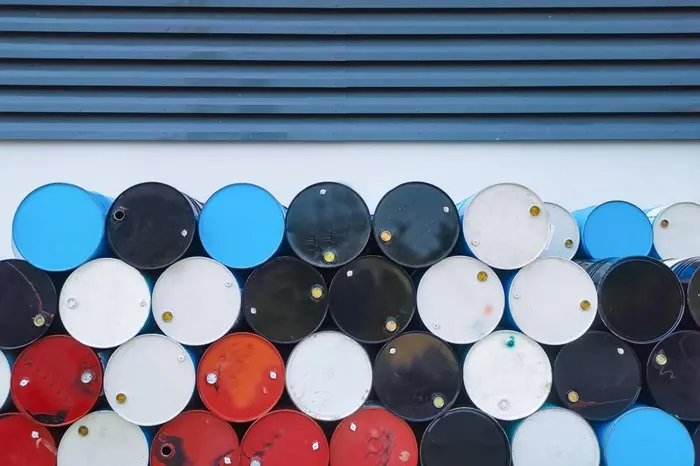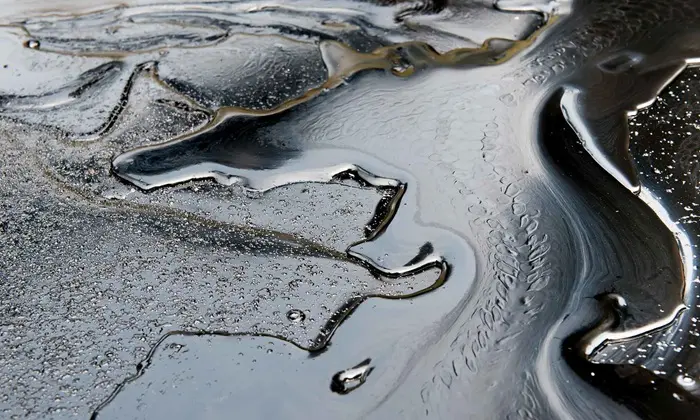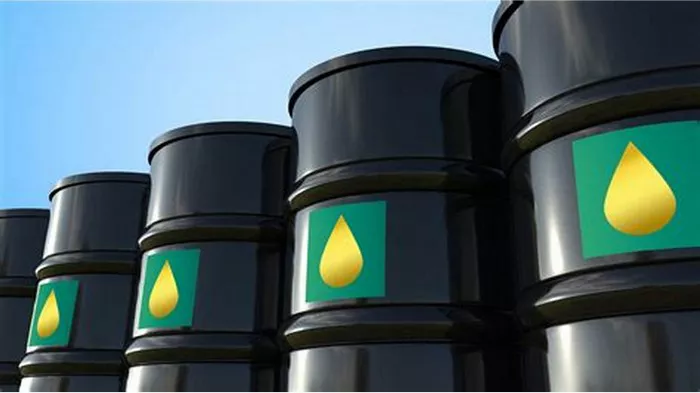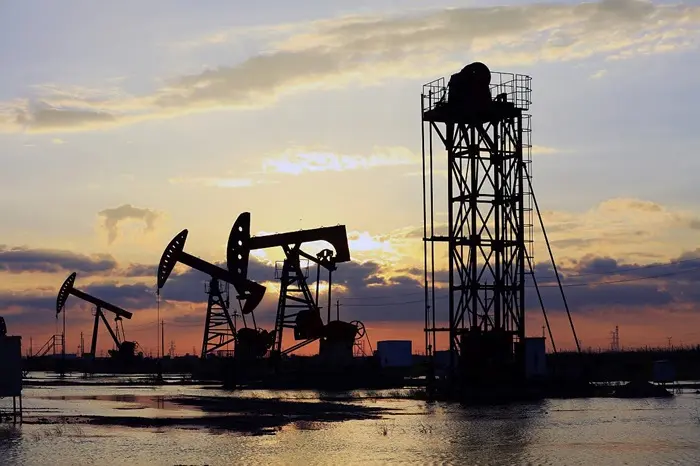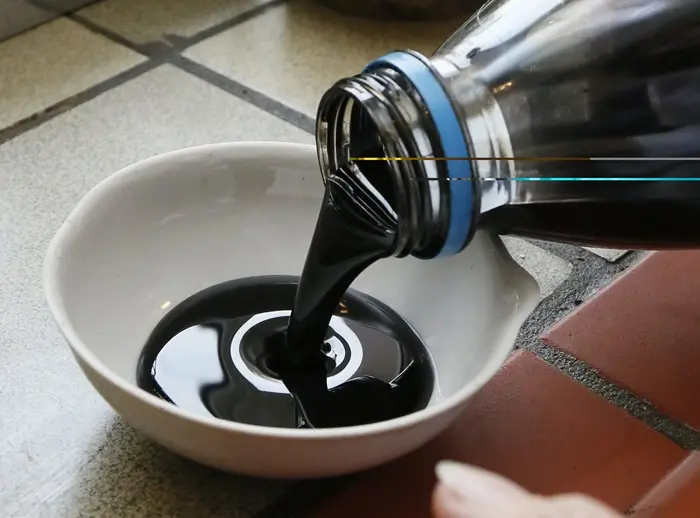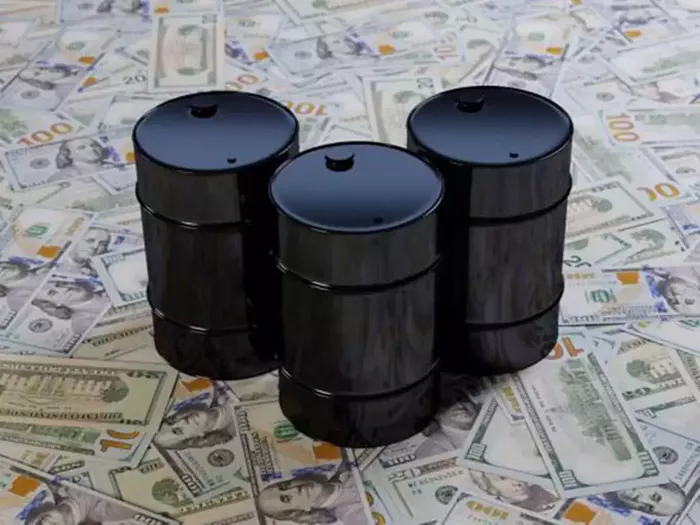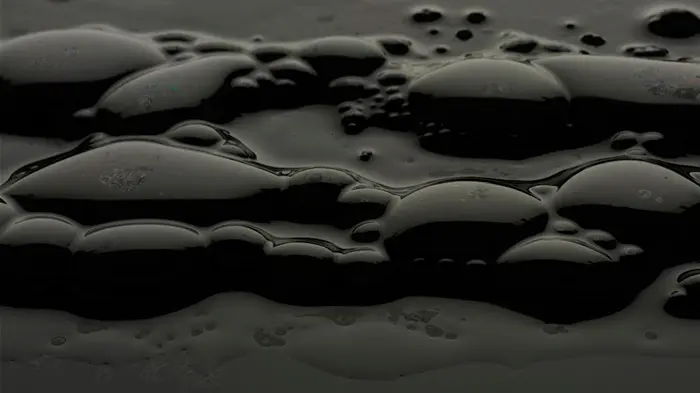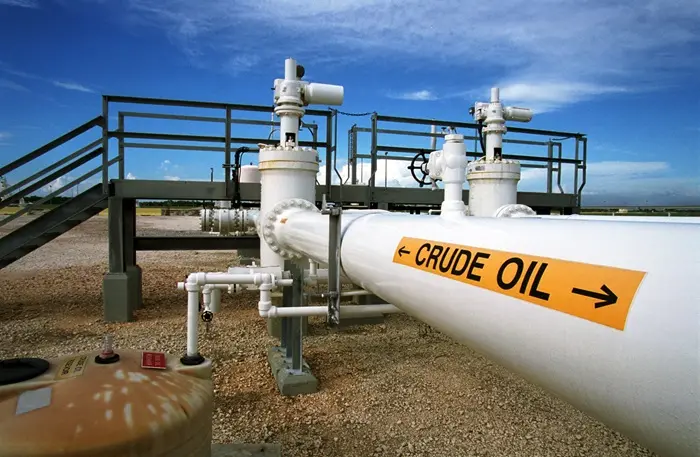Crude oil, often referred to as petroleum, is a vital resource that fuels the global economy. Its extraction process, often termed “mining” or more accurately “production,” involves several sophisticated and intricate steps. This article provides an in-depth look at how crude oil is extracted, including exploration, drilling, extraction methods, and environmental considerations.
Understanding Crude Oil
Before delving into the extraction process, it’s crucial to understand what crude oil is and why it’s so valuable.
What Is Crude Oil?
Crude oil is a naturally occurring liquid fossil fuel found in underground rock formations. It is composed primarily of hydrocarbons and can include various other organic compounds. Crude oil is refined into many products, including gasoline, diesel, and petrochemicals, which are essential for numerous industries.
Importance of Crude Oil
Crude oil is a primary energy source for transportation, heating, and electricity generation. It is also a critical raw material for manufacturing plastics, chemicals, and other industrial products. The global economy relies heavily on crude oil for energy and manufacturing.
1. Exploration for Crude Oil
The first step in extracting crude oil is locating it. This involves extensive exploration activities.
Geological Surveys
Seismic Surveys: Geologists use seismic waves to create images of underground rock formations. This process involves sending sound waves into the earth and analyzing the reflected waves to identify potential oil reserves.
Magnetic and Gravity Surveys: These surveys measure variations in the Earth’s magnetic and gravitational fields to help locate oil deposits.
Exploratory Drilling
Test Wells: Once a promising site is identified, exploratory wells are drilled to confirm the presence of oil. These wells provide crucial data about the quantity and quality of the oil.
Core Samples: During drilling, core samples of rock are taken to analyze the properties of the oil-bearing rock formations.
Data Analysis
Reservoir Modeling: Engineers and geologists use data from seismic surveys and core samples to create models of the oil reservoir. This modeling helps in assessing the size and potential productivity of the reservoir.
Economic Evaluation: Analyzing the potential return on investment helps determine whether it is economically viable to proceed with full-scale production.
See Also: 10 Types Of Crude Oil
2. Drilling for Crude Oil
Once exploration confirms the presence of oil, the drilling process begins. Drilling involves several key steps.
Preparing the Site
Site Construction: Before drilling begins, a site is prepared, which includes building access roads, drilling platforms, and necessary infrastructure.
Rig Setup: A drilling rig, which is a large machine used to drill wells, is assembled at the site. This rig includes various equipment necessary for drilling and handling the extracted material.
Drilling the Well
Drill Bits: The drilling process starts with a drill bit, which is a heavy, rotating tool that cuts through rock. As the drill bit progresses, drilling mud (also known as drilling fluid) is used to cool the bit and carry rock cuttings to the surface.
Casing and Cementing: Once a well reaches the desired depth, steel casing is inserted into the wellbore to prevent collapse and contamination. Cement is then pumped between the casing and the rock to secure the casing and isolate the oil-bearing formations.
Testing and Completion
Well Testing: The well is tested to determine the flow rate and quality of the oil. This involves measuring the pressure, temperature, and composition of the oil.
Completion: If the well is deemed viable, it is completed by installing production equipment, including tubing and valves, to facilitate oil extraction.
3. Extracting Crude Oil
With the well drilled and completed, the extraction process can commence. This phase involves various methods depending on the characteristics of the oil reservoir.
Primary Recovery
Natural Flow: In some cases, oil flows naturally to the surface due to the pressure within the reservoir. This is known as primary recovery and is the simplest extraction method.
Artificial Lift: When natural pressure is insufficient, artificial lift methods, such as using pumps, are employed to bring the oil to the surface.
Secondary Recovery
Water Flooding: To enhance oil recovery, water is injected into the reservoir to maintain pressure and push additional oil towards the production wells.
Gas Injection: In some cases, gas is injected into the reservoir to increase pressure and improve oil flow. This method is used in reservoirs where water flooding is not effective.
Tertiary Recovery (Enhanced Oil Recovery)
Thermal Methods: Heat is applied to reduce the viscosity of the oil, making it easier to extract. Techniques such as steam injection or in-situ combustion are used for this purpose.
Chemical Methods: Chemicals are injected into the reservoir to alter the properties of the oil or the rock, improving oil flow. Examples include surfactants and polymers.
Miscible Displacement: A miscible fluid, such as carbon dioxide, is injected into the reservoir to mix with the oil and reduce its viscosity, facilitating its extraction.
4. Transportation and Refining
Once crude oil is extracted, it must be transported to refineries for processing.
Transportation
Pipelines: Crude oil is often transported through pipelines, which are an efficient and cost-effective method for moving large quantities over long distances.
Tankers: For international transport, crude oil is shipped in large tankers. This method is used for transporting oil across oceans and seas.
Rail and Truck: In some cases, crude oil is transported by rail or truck, particularly in regions where pipelines are not available.
Refining
Distillation: At the refinery, crude oil undergoes distillation to separate it into different fractions based on boiling points. This process produces various products, including gasoline, diesel, and kerosene.
Conversion: Additional refining processes, such as cracking and reforming, are used to convert heavier fractions into lighter, more valuable products.
Treatment: Refined products are treated to remove impurities and meet quality standards before being distributed to consumers.
Environmental and Safety Considerations
The extraction of crude oil has environmental and safety implications that must be managed effectively.
Environmental Impact
Oil Spills: Accidental spills during extraction, transportation, or refining can have severe environmental consequences, including damage to marine and terrestrial ecosystems.
Air and Water Pollution: The extraction process can produce air and water pollutants, including greenhouse gases and toxic chemicals. Proper management and mitigation measures are necessary to minimize these impacts.
Safety Measures
Regulations and Standards: Oil extraction operations are subject to strict regulations and safety standards to protect workers and the environment. Compliance with these standards is essential for safe operations.
Emergency Response: Companies must have emergency response plans in place to address potential accidents or spills. Regular drills and training ensure preparedness for various scenarios.
Conclusion
The process of extracting crude oil involves a complex series of steps, from exploration and drilling to extraction and refining. Each phase requires careful planning, advanced technology, and adherence to safety and environmental standards. Understanding how crude oil is mined helps appreciate the effort and resources involved in producing this critical resource.
As the global economy continues to rely on crude oil, advancements in extraction technology and practices will play a crucial role in ensuring efficient and sustainable production. While the extraction process presents challenges, ongoing efforts to improve techniques and minimize environmental impact contribute to a more responsible approach to crude oil mining.
[inline_related_posts title=”You Might Be Interested In” title_align=”left” style=”list” number=”3″ align=”none” ids=”3509,3506,3462″ by=”categories” orderby=”rand” order=”DESC” hide_thumb=”no” thumb_right=”no” views=”no” date=”yes” grid_columns=”2″ post_type=”” tax=””]

